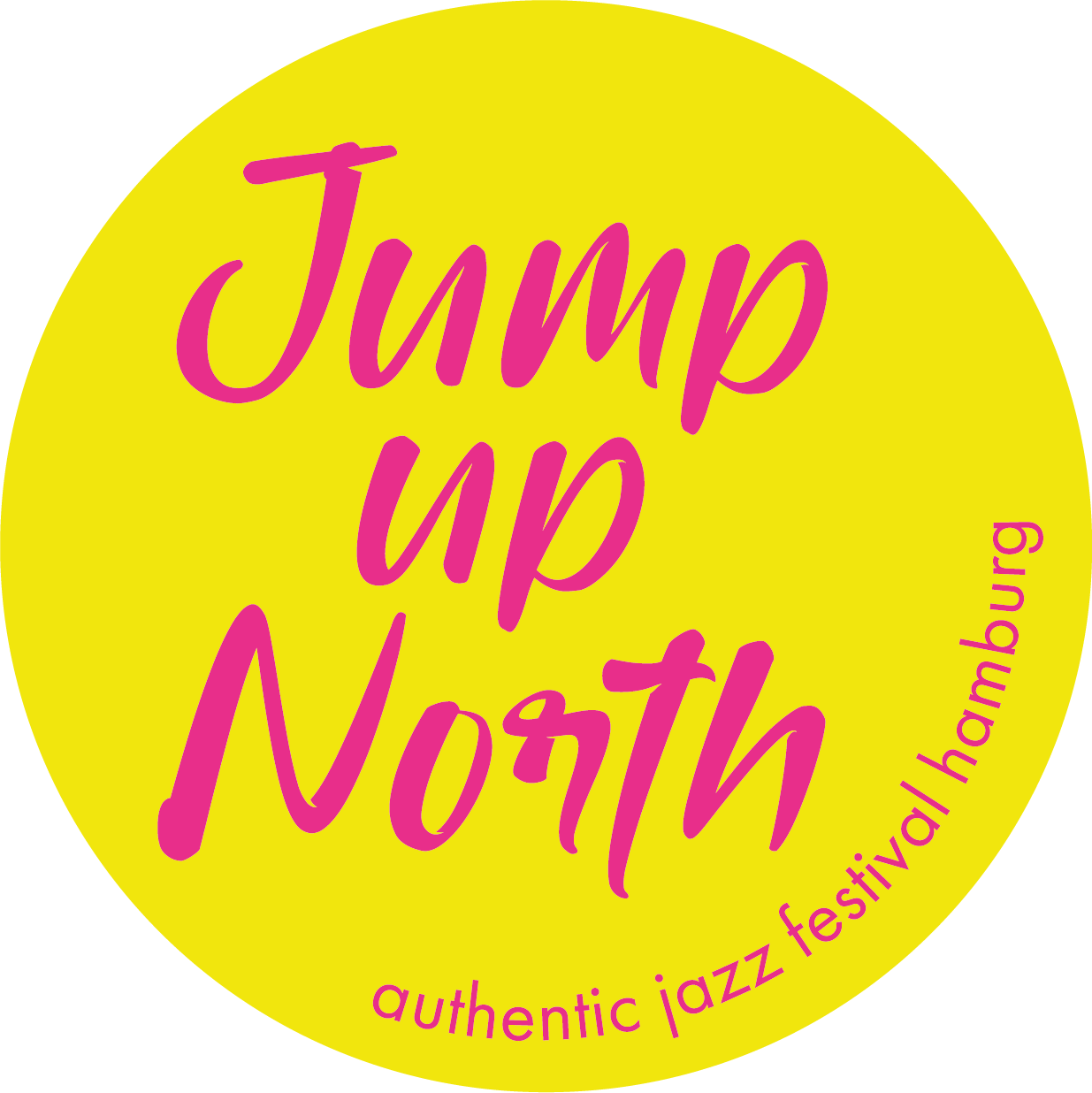Dance styles at JuN
Dance is an evolution and moves through culture and time. Today we really can see how many branches of Jazz Dance, such as Tap, Broadway Jazz, Classical Jazz, Modern Jazz, Latin Jazz and Solo Jazz, developed from dances of traditional african cultures. In the same way, House Dance is born from a melting pot of different ethnic, cultural and musical backgrounds, influenced by African Dance, Latin Dance and Jazz Roots.
Jump Up North wants to create space for everyone to try out these styles and learn more about the connections between them. That’s why there are classes in Authentic Jazz, African Roots & Afro-Fusion and House Dance.
African Roots & Afro-Fusion
African Roots & Afro-Fusion Dance combines different African dance styles. Varying rhythms, high tempo and big movements – that’s typical for Afro Dance. The combination of Afro-Fusion and traditional steps makes this dance style very dynamic and powerful. In class you will not only learn the dance steps, but also the meaning of the figures and their expressions.
House dance
House dance is a social street dance that was born on the underground club dance floors of Chicago and New York in the 1970s and 1980s. It is a post-disco-era genre. Disco had been alive for some 10 years at that point and had fallen victim to commercialisation and, with that, racial and sexual tensions. The people denounced disco and everything it represented. This paved the way for many new styles of musical and movement expression, including hip hop and house.
In typical street dance fashion, House dance is born from a melting pot of different ethnic, cultural and musical walks of life coming together on the dance floor and this bled into the way the dance style was created. It’s a style heavily focused on footwork meaning a lot of influence is pulled from Afro, Latin and Jazz Roots. Furthermore, it is all about freedom, improvisation and feeling the music.
